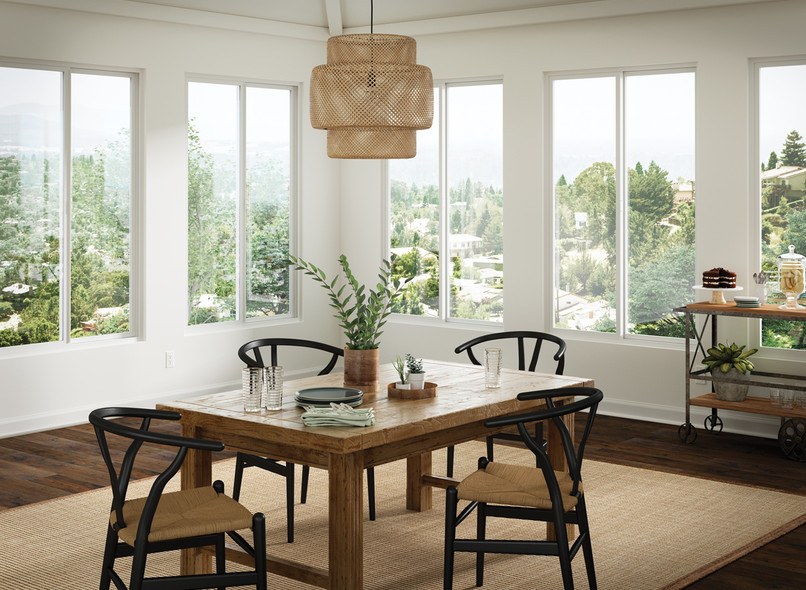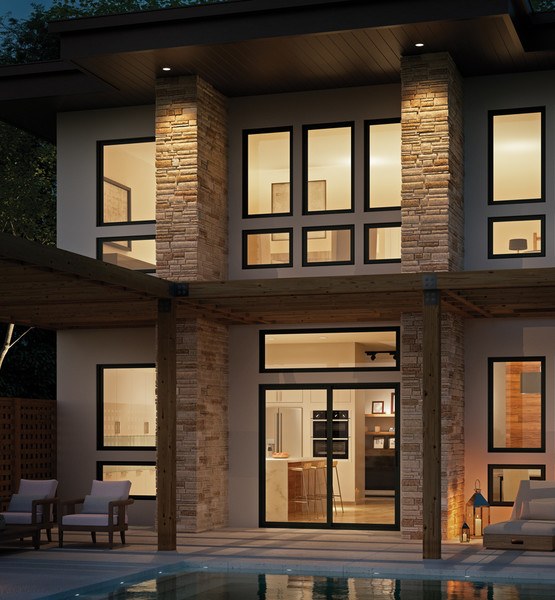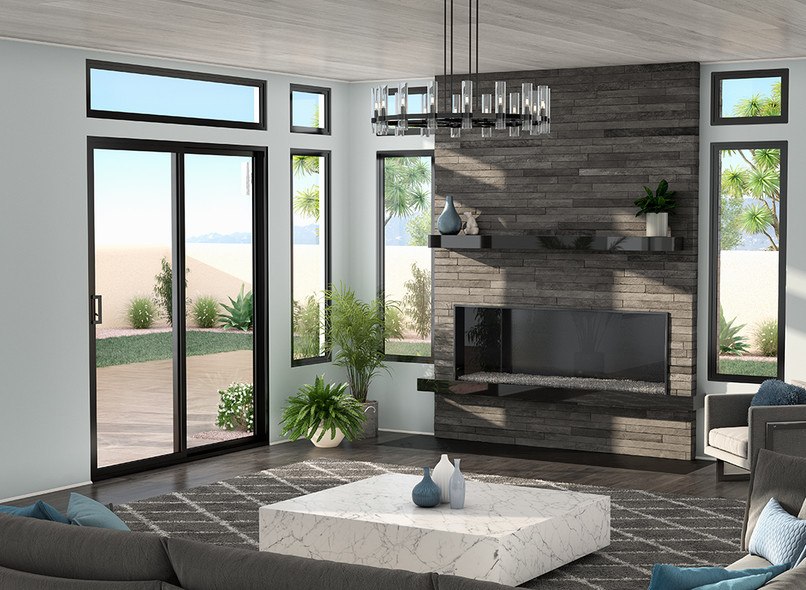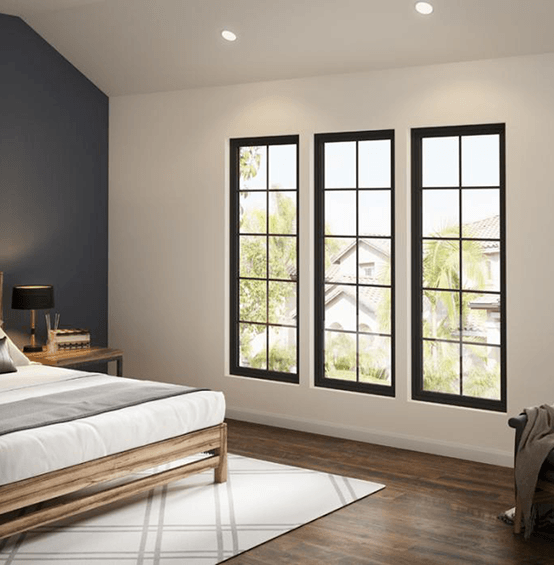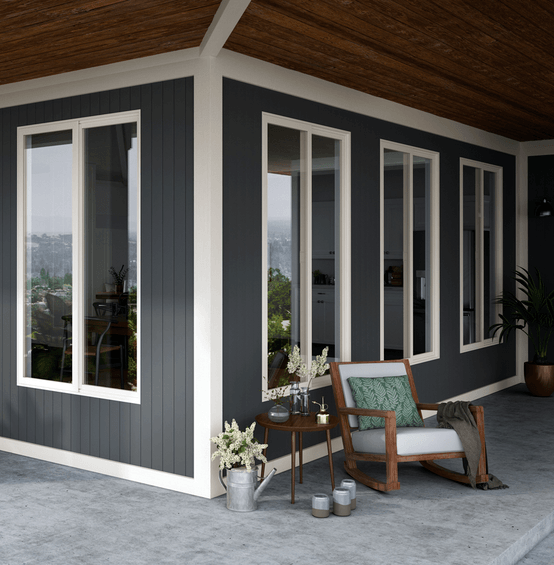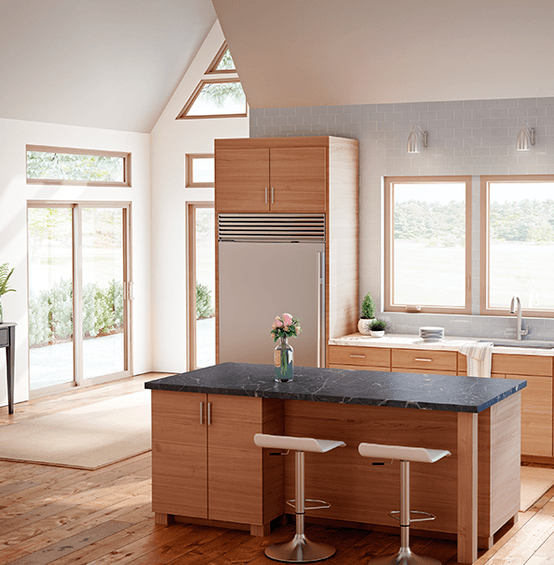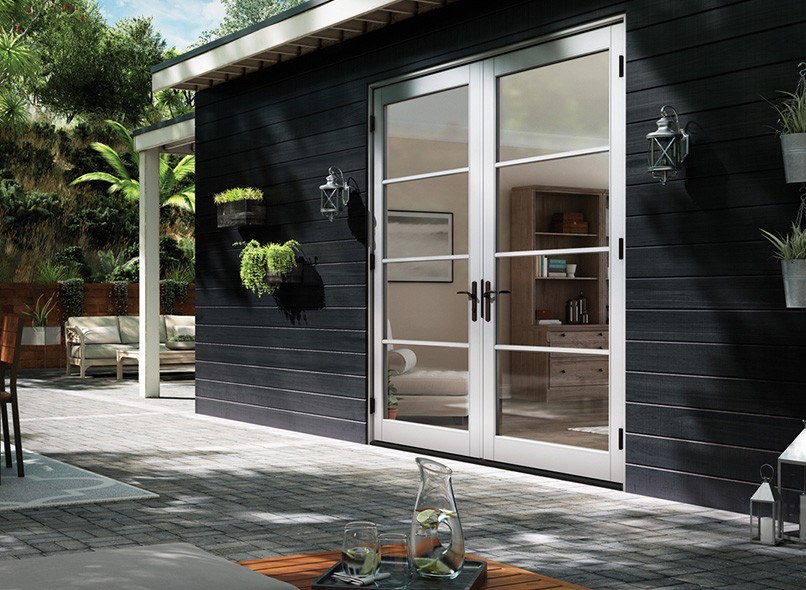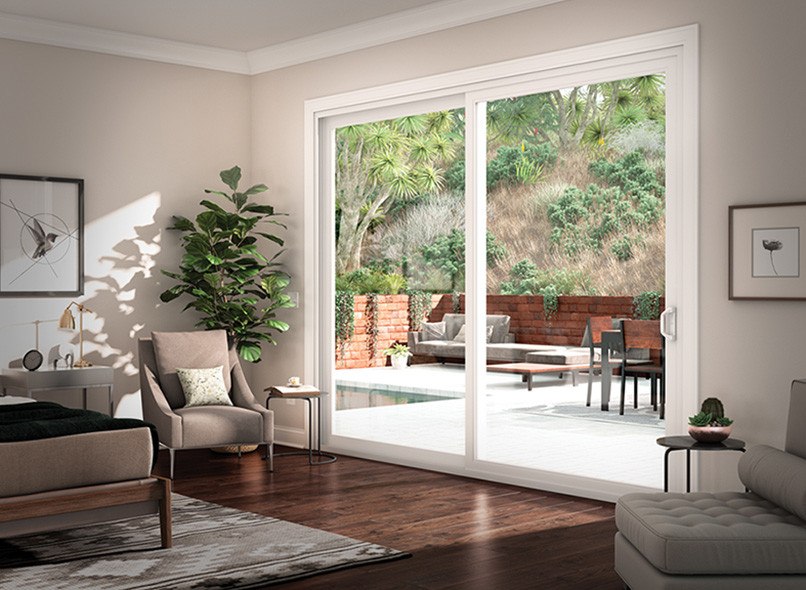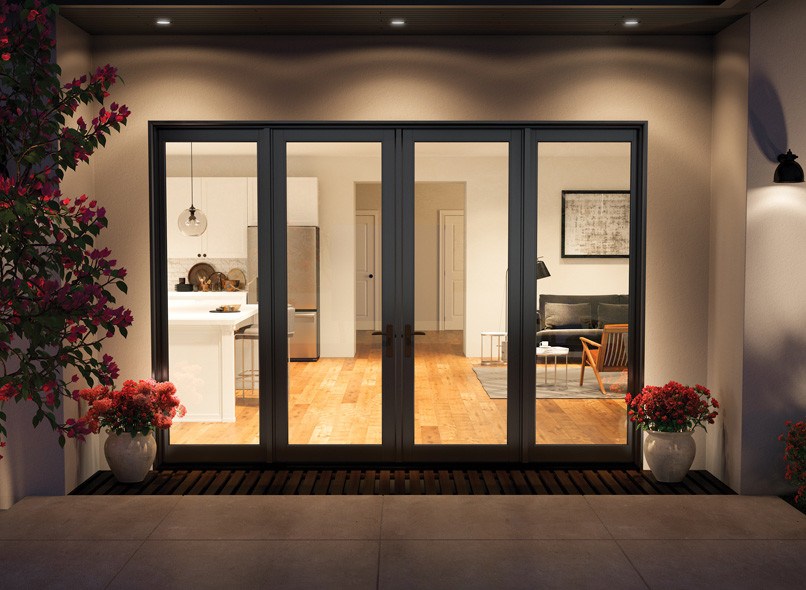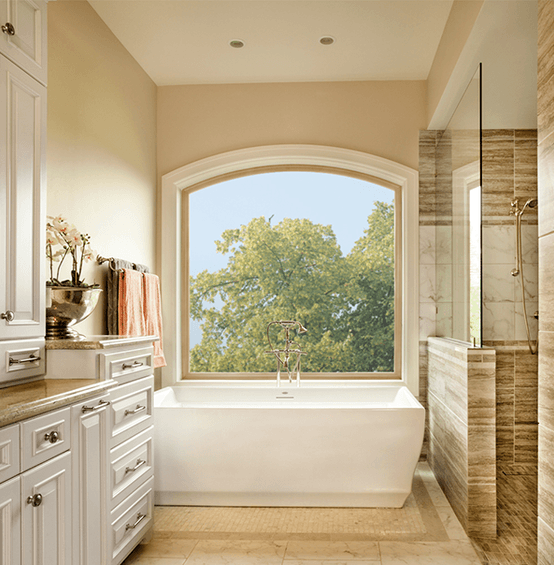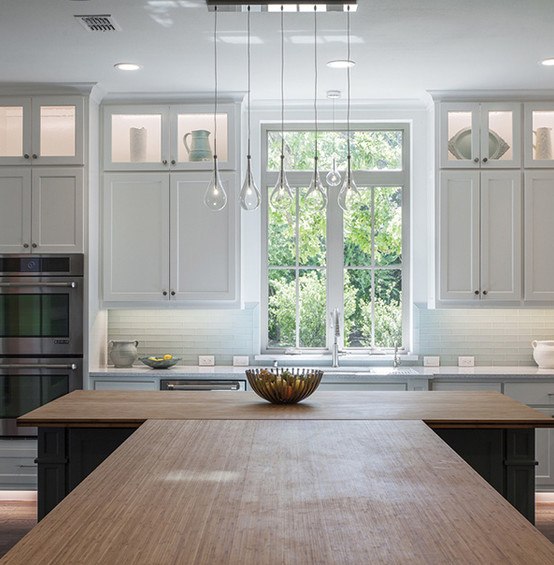Have you ever considered your home might be making your family sick?
Do you know what you can do to ensure your home is healthy?
Start your journey by downloading your free copy of “Guide to a Healthier Home.”
Building Scientists tell us that the air we breathe inside our home is actually air that leaks in through wall cavities, floors, crawlspaces and basements. These are not sources of fresh, clean air! These are the dark spaces of a house that aren’t thought about or cleaned routinely. The air from these sources can aggravate our allergies, leading to sinus infections and generally degrading our health.
Health Symptoms
The symptoms most commonly reported by those affected by a “sick house” are many and varied, depending on the sensitivity of the person and the severity of the issues in the home. These are only a few of the more common symptoms.
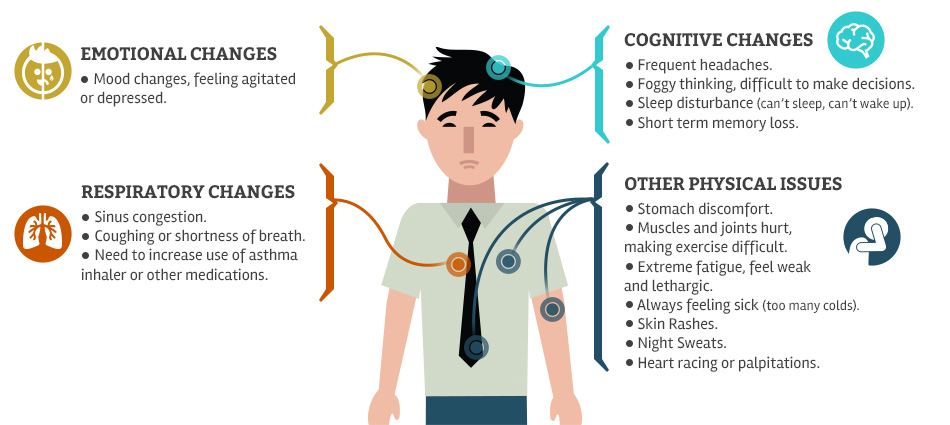
How do you tell if you live in a ‘sick house’?
The most common house complaints reported by those who live in a “sick house” are many and varied, depending on the sensitivity of the people living in the house and the severity of the house problems. These are a few of the most common complaints:
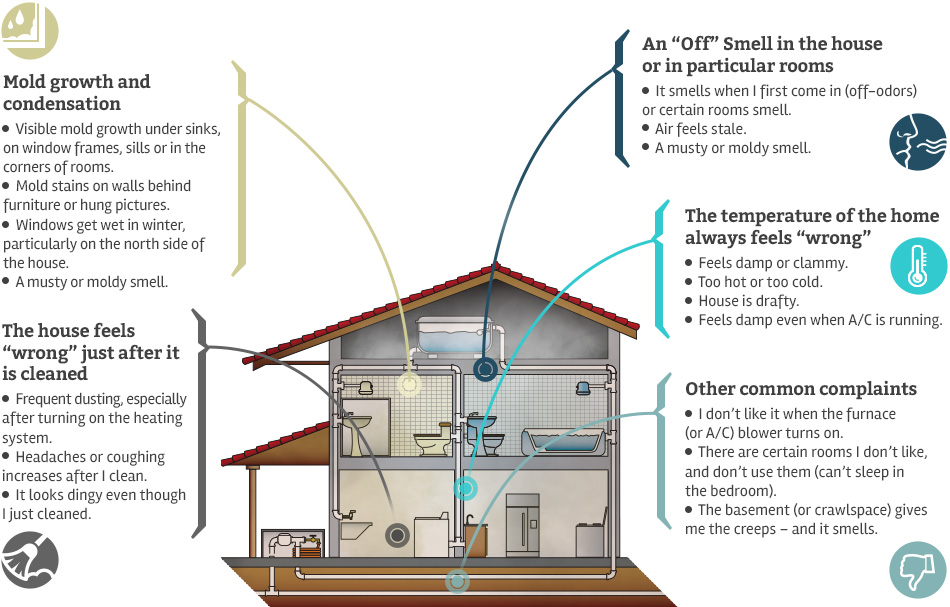
What can you do if you think your home may be causing health issues for you and your family?
The most important thing you can do is recognize that dealing with an unhealthy home is a process that may take time to reach the optimal solution for you and your family.
Hayward Healthy Home® is here to help you design a plan that will identify and address health issues to which your living environment may contribute. Start your journey by downloading your free “Guide to a Healthier Home.”
You can also book a consultation with one of our experts to find out more about what you can do to make sure your home is healthy.



